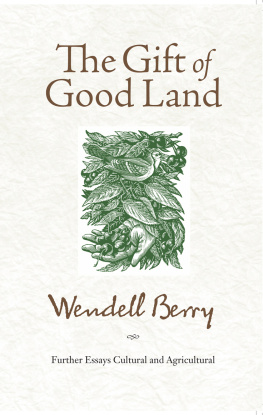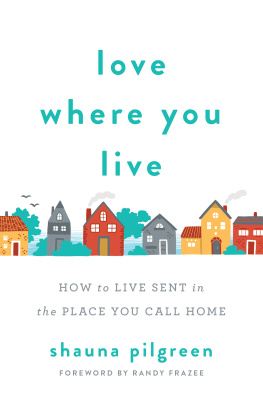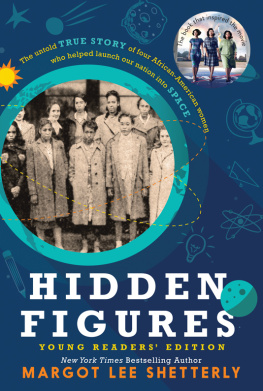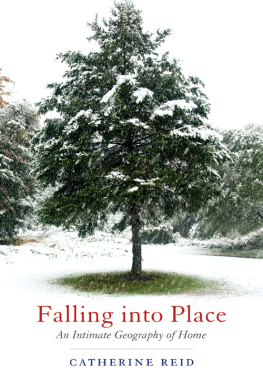Susan Hand Shetterly - Notes on the Landscape of Home
Here you can read online Susan Hand Shetterly - Notes on the Landscape of Home full text of the book (entire story) in english for free. Download pdf and epub, get meaning, cover and reviews about this ebook. City: Lanham, year: 2022, publisher: Down East Books, genre: Home and family. Description of the work, (preface) as well as reviews are available. Best literature library LitArk.com created for fans of good reading and offers a wide selection of genres:
Romance novel
Science fiction
Adventure
Detective
Science
History
Home and family
Prose
Art
Politics
Computer
Non-fiction
Religion
Business
Children
Humor
Choose a favorite category and find really read worthwhile books. Enjoy immersion in the world of imagination, feel the emotions of the characters or learn something new for yourself, make an fascinating discovery.

- Book:Notes on the Landscape of Home
- Author:
- Publisher:Down East Books
- Genre:
- Year:2022
- City:Lanham
- Rating:5 / 5
- Favourites:Add to favourites
- Your mark:
Notes on the Landscape of Home: summary, description and annotation
We offer to read an annotation, description, summary or preface (depends on what the author of the book "Notes on the Landscape of Home" wrote himself). If you haven't found the necessary information about the book — write in the comments, we will try to find it.
If you pay attention to the land where you live, you enter into conversation with it, until it becomes a voice inside you, and some of the boundaries between you and it dissolve, write Susan Hand Shetterly. In this collection of elegant, spare, and often passionate essays, Shetterly explores what it is to live in a Down East coastal town, and to pay attention, over time, to what it offers of land, water, wildlife, and community. She takes her cue from Henry David Thoreau and Wendell Berry, who advocate for the virtues of staying in one place, believing that as we delve deeper into the landscape of home the more we learn about the world.
As in many other places, this particular home place is in trouble. Shetterly celebrates the work of communities to restore environments their people know and love, and takes a closeup look at what is changing and what has been lost. Among her subjects are the reestablishment of the bald eagle, the reintroduction of the American turkey in Maine, and the turkey vultures northward trend. She also writes about shorebird migrations, the bluefin tuna and the humpback and right whales in the Gulf of Maine, counting alewives along a stream in the spring, seaweed cultivation in a bay, a forests rebirth, the island that gave her the imaginative space she needed, and more. She recounts how she and her neighbors kept each other company at a distance during the long months of the pandemic, and she celebrates coastal culture, its particular, deep history that anchors a persons sense of place.
Susan Hand Shetterly: author's other books
Who wrote Notes on the Landscape of Home? Find out the surname, the name of the author of the book and a list of all author's works by series.







